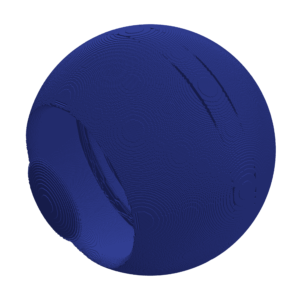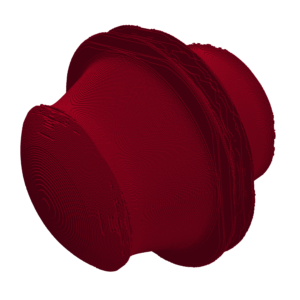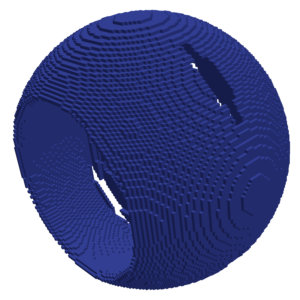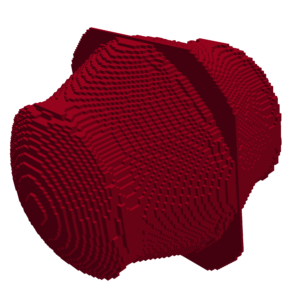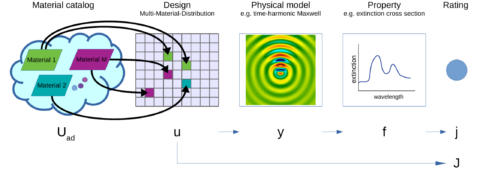Structural and Material Optimization by DDA and SGP in HPC environment (2020-2021)
In this project, the development of a high performance computing (HPC) library for the optimal design of nanoparticles with respect to their optical properties is addressed. In the field of nanoparticle technology, the design optimization of particulate products is one of the main foci, where the question “where to put which material in the design space for optimal performance?” has to be answered. For that, a new design optimization method in the framework of which the discrete dipole approximation (DDA) is used to approximate the solution of Maxwell’s equation in time-harmonic form is considered. In the core of the optimization method, each dipole is repeatedly assigned a material property from a given material catalogue until a local minimum for the chosen design objective is obtained. The design updates are computed using a separable model of the objective function, which can be solved to global optimality, giving rise to a sequential global optimization (SGP) algorithm. The application of the DDA method in the framework of structural design methods widens the spectrum of numerically tractable layout problems in optical applications as, compared to finite element based approaches, significantly more complex design spaces can be investigated. With the DDA-SGP approach implemented in a HPC environment we can benefit the most from its advantages, such that we can increase, e.g., the degrees of freedom from approximately 10^7 on a single desktop PC to about 10^9 on HPC.
Runtime: 11/2020 – 10/2021
